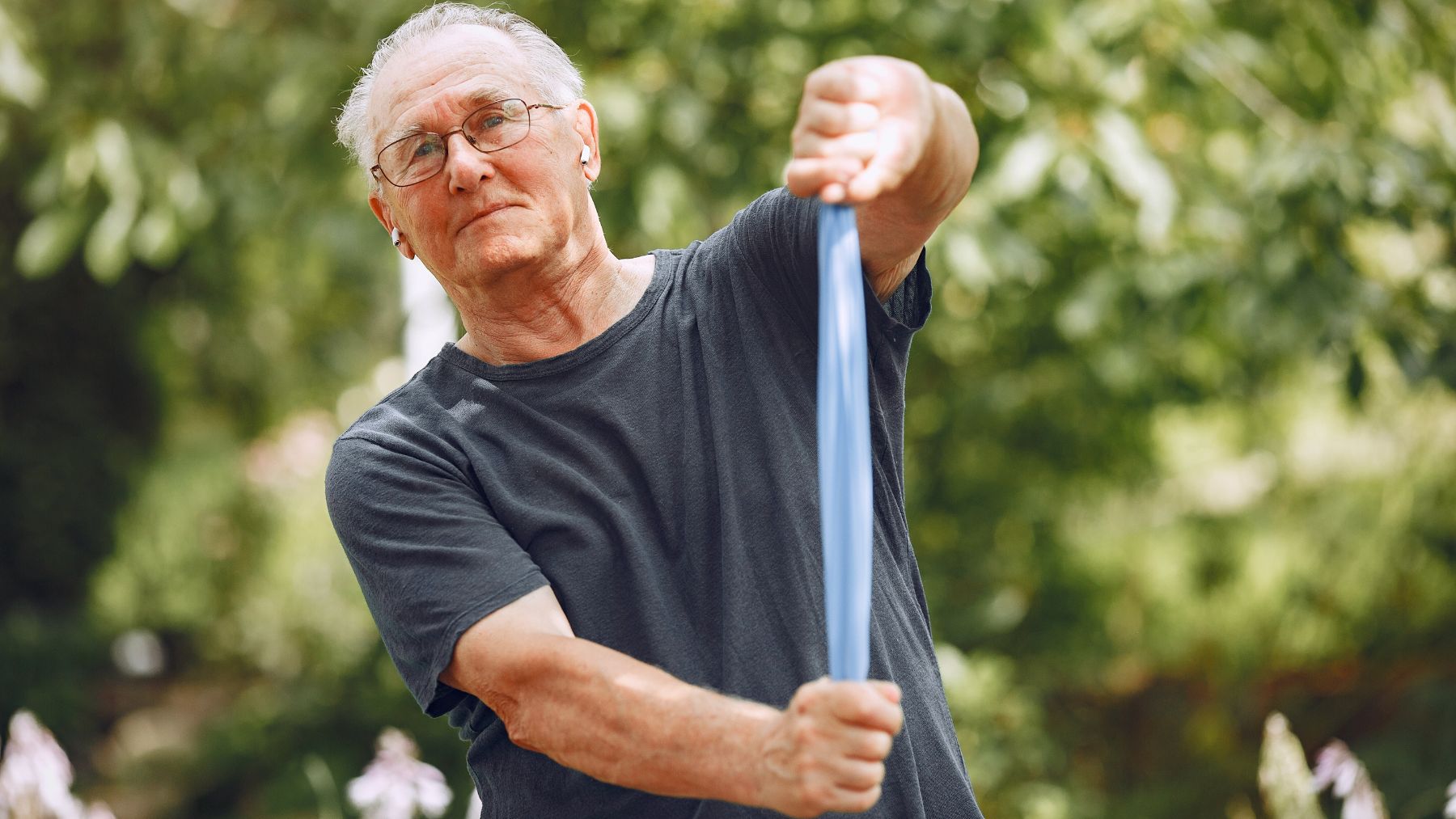For older adults, building muscle is an essential step in their journey, but the only solution isn’t lifting heavy weights or lengthy treadmill sessions. Maintaining strength after 65 can be achieved in a simpler and safer way by walking, but not any type of walking. Incorporating light hand or ankle weights can transform this everyday activity into a dynamic method to enhance strength, balance, and independence.
Here, we will explain why weighted walks are an ideal option for seniors and provide practical guidance for performing them safely. You’ll also discover three additional low-impact exercises to promote full-body muscle development, improve joint stability, and reduce fall risks. Let’s get started.
Why walking with light weights works better than the gym for seniors
Walking with light resistance, such as 1-2 lb ankle weights or handheld dumbbells, combines cardiovascular exercise with strength training in a single movement. It’s gentler on the joints than traditional machines or free weights while still challenging the muscles to stimulate growth.
This approach builds both leg and arm strength while enhancing coordination. The added resistance compels your body to work harder without overtaxing the joints, which is vital for preserving mobility and independence. Studies have also linked regular weighted walking to improved bone density, reduced cardiovascular risk, and better metabolic function.
Begin with 10-minute sessions, concentrating on a steady pace and proper posture: shoulders back, core engaged, eyes forward. Allow your arms to swing naturally as the weights provide a subtle resistance. Choose adjustable weights, starting with increments of 0.5-1 lb, and refrain from using them if you suffer from severe arthritis or significant balance issues.
3 safe strength-building moves to pair with weighted walks
While weighted walking provides a solid foundation for strength and mobility, complementing it with targeted exercises ensures a well-rounded approach to fitness. Here are a couple of options:
- Wall push-ups: Stand an arm’s length from a wall with your feet positioned hip-width apart. Place your palms on the wall at chest height, lean forward, and bend your elbows to lower your chest toward the wall. Push back to return to the starting position. This exercise strengthens your shoulders, chest, and triceps.
- Seated leg lifts: Sit tall in a chair with your feet flat on the ground. Slowly extend one leg straight out, hold it for 3 seconds, then lower it back down and alternate legs. This move builds strength in the quadriceps and enhances hip flexibility, both of which are critical for everyday actions like standing up from a chair or climbing stairs.
- Chair squats: Hold onto a sturdy chair’s armrests with your feet firmly planted. Lower yourself halfway toward the seat—as if beginning to sit—then rise back up using the strength of your leg muscles. This exercise boosts lower-body strength and develops the movement patterns needed to prevent falls when transitioning between sitting and standing.
Strive for 20-30 minutes of weighted walking 3-4 days per week, complemented by 2-3 strength sessions focused on core stability, balance, and muscle endurance. Pay close attention to your body’s signals, as discomfort may be natural, but sharp pain is a red flag to stop. Over time, you will notice smoother movement, improved stability, and more energy for everyday tasks.
